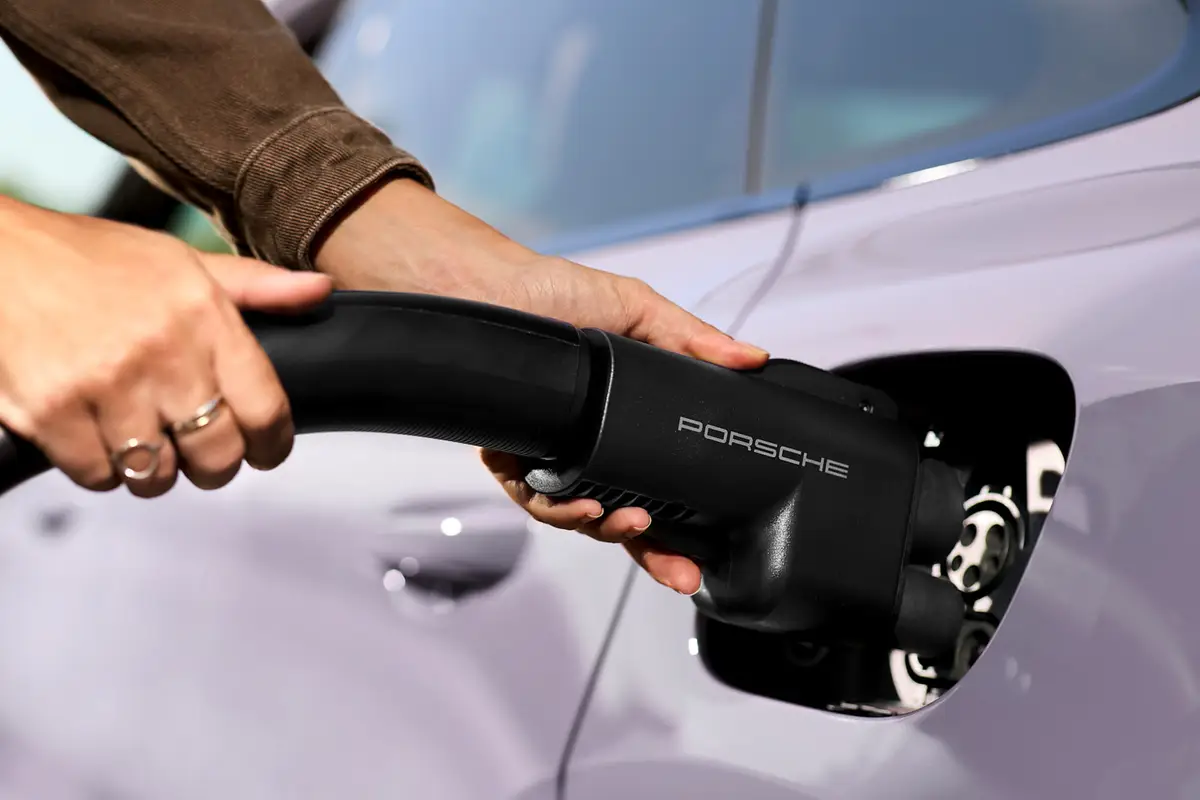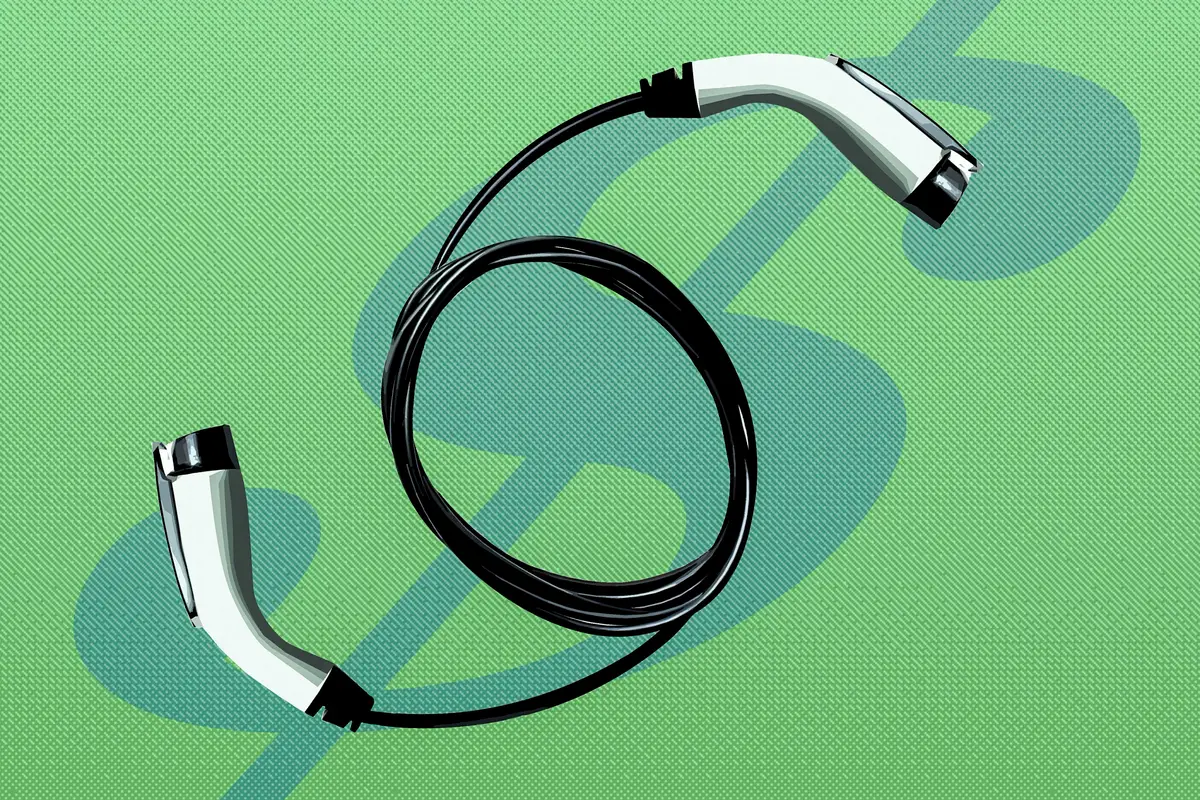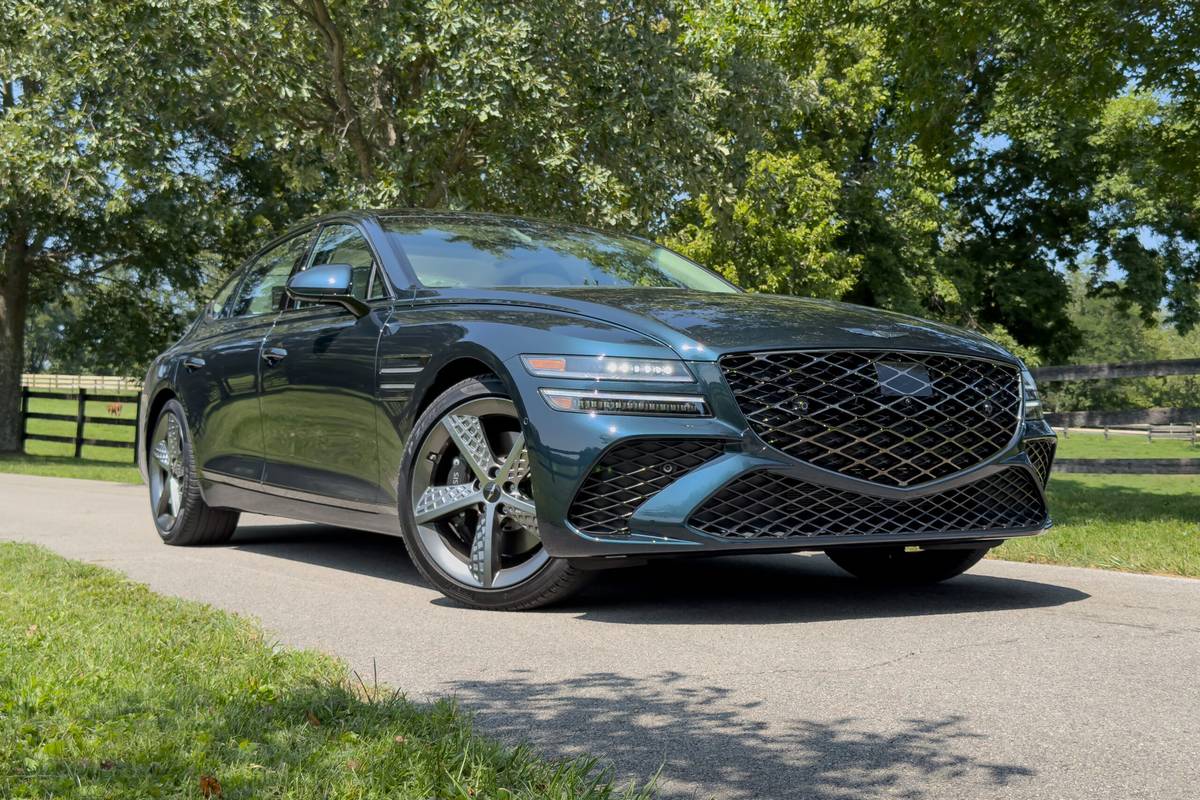washingtonpost.com's view
WESTLAKE VILLAGE, Calif. — I toured this bedroom community in the 2009 Mazda 6, the latest entry in the hotly contested market for mid-size, mid-priced family sedans.
It was an instructive drive, one that revealed much about our economically wobbly, politically and personally uncertain times.
Consider the car.
I chose the version that will constitute at least 60 percent of the 2009 Mazda 6 sedan sales in the United States — the Mazda 6i Sport with the 2.5-liter, inline four-cylinder, 170-horsepower engine and five-speed automatic transmission. Ten to 11 percent of Mazda 6 sales will probably come from four-cylinder models with six-speed manual transmissions.
That means barely 30 percent of 2009 Mazda 6 sales would come from 6s sedans, with 272-horsepower, 3.7-liter V-6 engines. And that, some Mazda officials privately admit, is being optimistic in the matter of projected V-6 sales.
The world has changed, and car companies such as Mazda are scrambling like crazy to figure out what those changes mean.
Consider this community.
In late 2002, when Mazda introduced the first version of its 6 car, this town straddling the Los Angeles and Ventura County border was rolling in irrational exuberance. Housing prices were high and rising higher. Consumer confidence, in large measure supported by easy credit, rose along with housing costs. America’s quest for bigger, better, faster and more of everything was on full display here.
Back then, Mazda officials thought they misjudged the market — bringing forth a Mazda 6 sedan that was smaller and a tad less powerful than some mid-size rivals. In 2004, the company also offered hatchback and wagon versions of the Mazda 6 to a market that appeared to want neither.
Having learned what the company said were “lessons . . . from the first Mazda 6 and Mazda’s newer successful vehicles — especially the Mazda CX-7 and the award-winning CX-9,” Mazda executives were determined to deliver a new Mazda 6 that was bigger, sportier and more powerful than its predecessors.
This they did. But a day’s drive around Westlake Village and surrounding communities raises a question about whether they did the right thing.
The boom seems to have busted here. The place looks just as pretty, just as affluent as it has in years past. But there literally are signs of stress — posted gasoline prices as high as $4.39 a gallon for regular unleaded; and here and in neighboring Ventura County, there are bank sale signs on homes locals say were purchased only a year or so ago.
Indeed, housing foreclosures here and in Ventura County have become big business, as evidenced by some aggressive re-marketing of foreclosed properties. Want to buy a foreclosed home in Westlake Village? Simply go to http://Conejoforeclosures.com.
For Mazda and other car companies, this turnabout in economic fortunes has caused a turnabout in production plans. Most have canceled or scaled back truck production. Plans for models with V-6 and V-8 engines have been shelved or otherwise diminished. In early planning for what is now the 2009 Mazda 6 sedan, Mazda officials initially thought V-6 models would account for at least 50 percent of 6 sales. Now, instead, the company is ramping up production of its more fuel-economical, inline four-cylinder models.
That’s okay.
The Mazda 6i Sport sedan worked just fine. It was powerful enough to enter local freeways with authority. It handled quite well on twists and turns. Its cabin was an attractive, comfortable place to sit during periods of incarceration in urban traffic congestion. And at the end of the day, I could smile at a fuel gauge that showed I had consumed barely a quarter of a tank of the recommended unleaded gasoline.
Yeah, I think the four-cylinder models will sell quite well.
Latest news



